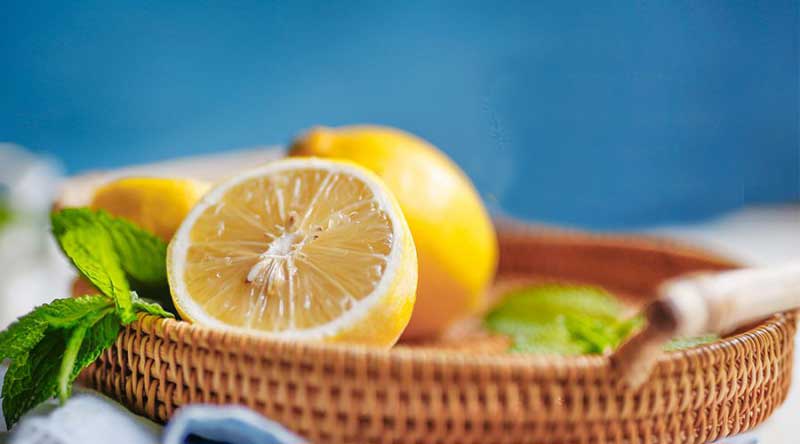The Properties and Uses of Citral
Citral (CAS No. 5392-40-5) has a molecular formula of C10H16O and a molecular weight of 152.23. It is one of the most important representatives of open-chain monoterpenes. Exist in maple grass oil and Litsea cubeba oil. Natural citral is a mixture of two geometric isomers.
The properties of citral
Citral a (also known as geranial or trans-citral) is a colorless oily liquid with lemon aroma; the boiling point is 229°C, density is 0.8888 g/cm (20°C); it is easy to oxidize and turn yellow in the air. Citral is oxidized with ammoniacal silver oxide to obtain genomic acid.
Citral b (also known as neral, cis-citral) is a colorless or light yellow liquid; it has a boiling point of 120°C and a density of 0.8869 g/cm (20°C). Both isomers are soluble in ethanol and ether.
Under normal circumstances, citral is a mixture of the above two. It is a light yellow oily volatile liquid with a lemon scent. It is hardly soluble in water and soluble in organic solvents such as ethanol, ether, propylene glycol, glycerin, and mineral oil. The relative density is 0.891 (25℃), and the boiling point is 228-229℃. Exist in citrus oil, lemon oil, lemongrass oil, Litsea cubeba oil, white lemon oil, verbena oil, and other plant essential oils.

Uses of citral
Citral is prescribed as a permitted flavoring. It is mainly used to prepare the lemon, citrus, and assorted fruit flavors, and is also the main raw material for synthesizing ionone.
Citral can be used as a flavoring agent to prepare lemon flavor and also as a raw material for synthesizing ionone and vitamin A
Citral has a wide range of uses and is used in all aspects that require lemon aroma. It is an important fragrance for lemon type, deodorant wood type flavor, artificially formulated lemon oil, bergamot oil, and orange leaf oil.
Citral is the raw material for synthesizing ionones and methyl ionones. It can also be used to cover up bad breath in industrial production. It can also be used in edible flavors such as ginger, lemon, white lemon, sweet orange, grapefruit, apple, cherry, grape, strawberry, and spicy. Wine flavors can also be used.
Citral is an edible flavor permitted by Chinese regulations. It can be used to prepare fruit flavors such as strawberry, apple, apricot, sweet orange, and lemon. The dosage is according to normal production needs, generally 1.70mg/kg in gum; 43mg/kg in baked food; 41mg/kg in candy; 23mg/kg in cold drinks; 9.2mg/kg in soft drinks.
Citral can be used in the preparation of artificial lemon oil, citrus oil, and other citrus flavors, fruit flavors, cherries, coffee, plums, and other food flavors. It is also widely used in tableware detergents, soaps, toilet water flavoring agents.
Citral is a raw material for the synthesis of ionone, methyl ionone, and dihydrodamazone; as an organic raw material, it can be reduced to citronellol, nerol, and geraniol; it can also be converted into citrononitrile. It is used in the pharmaceutical industry to produce vitamins A and E, etc. It is also the raw material for phytol.
Citral is mainly used in the preparation of lemon essence and the manufacture of citrus flavorings. It is also used in the synthesis of violation (the raw material for the synthesis of vitamin A), acetonitrile, methyl violet one, hydroxycitronellal, isomer menthol, dihydrodamarone, and other compounds. It also has antibacterial and pheromone functions.
The above information is provided by organic fine chemicals supplier.

评论
发表评论